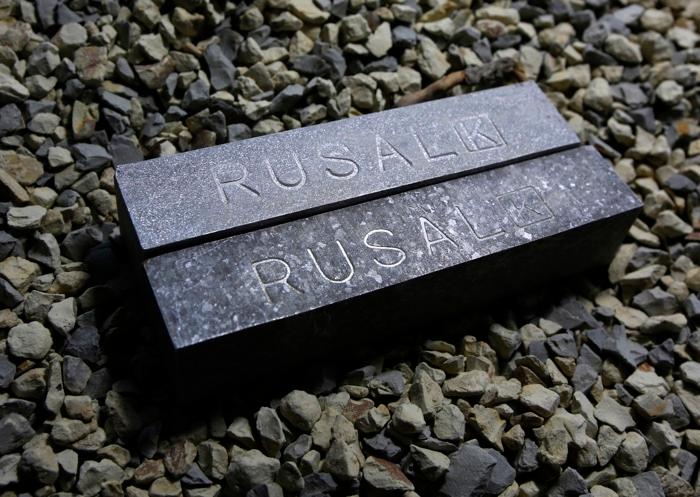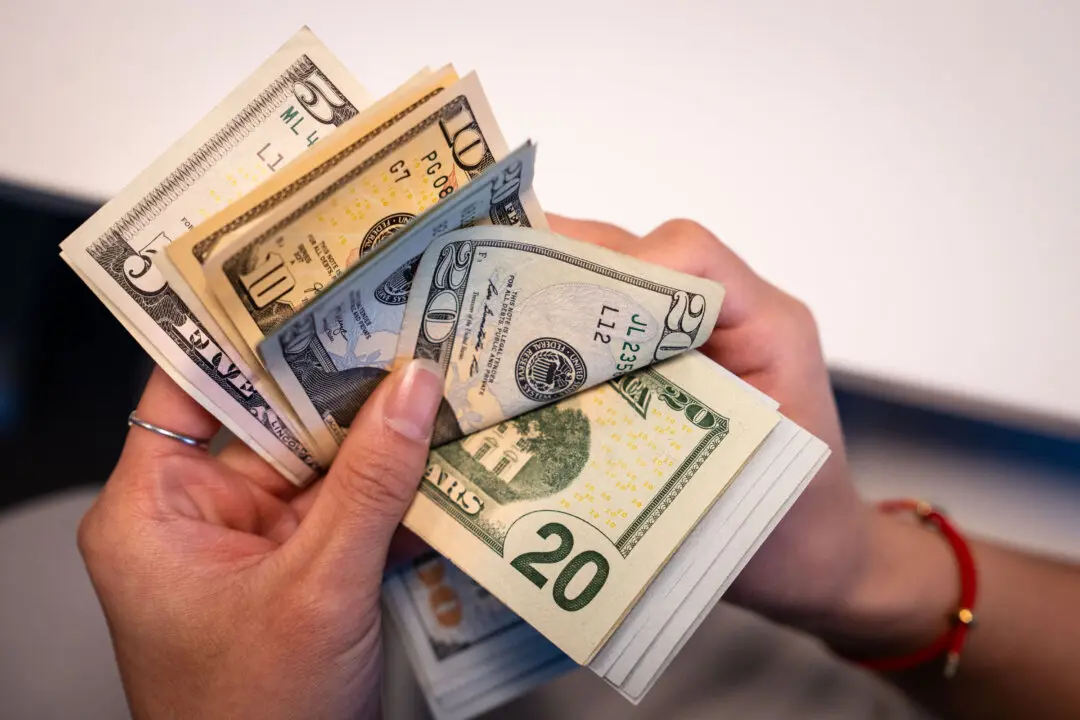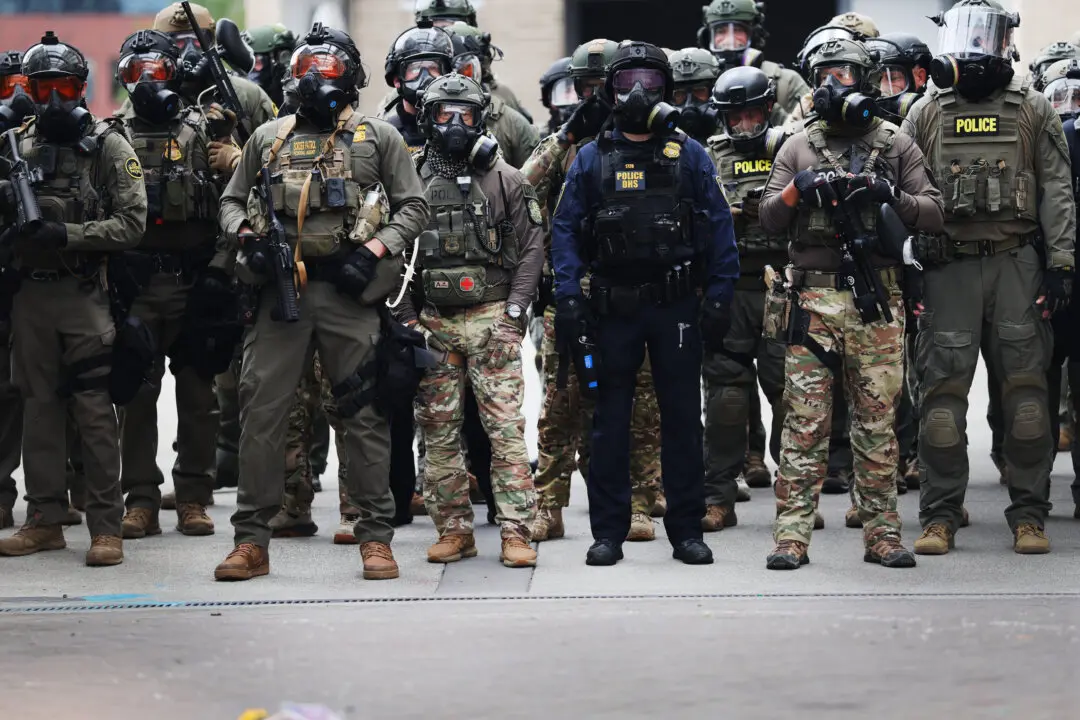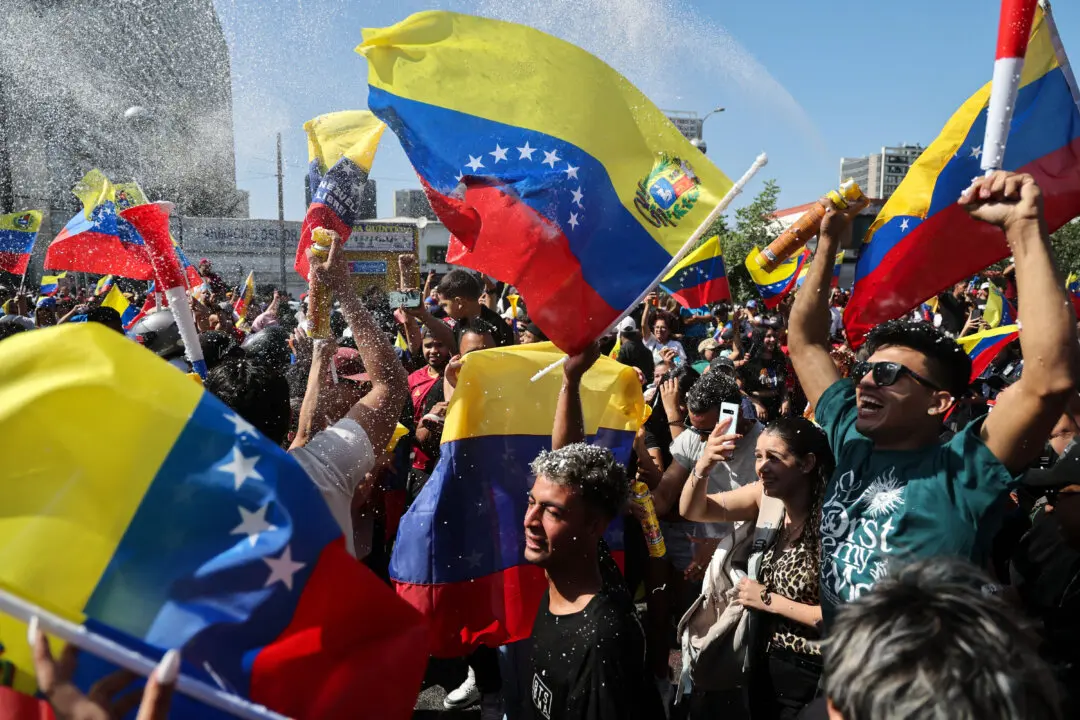The prices of nickel and aluminum have spiked after Russia declared two pro-Russia areas in Ukraine as independent regions and moved troops into the country. Russia is a major producer of these two metals.
Aluminum prices, which were trading around $3,270 per ton on Feb. 21, jumped 3.67 percent to around $3,390 per ton on Feb. 22. Nickel, which was trading at $24,350 per ton level on Monday, surged 3.9 percent to $25,300 on Tuesday.





